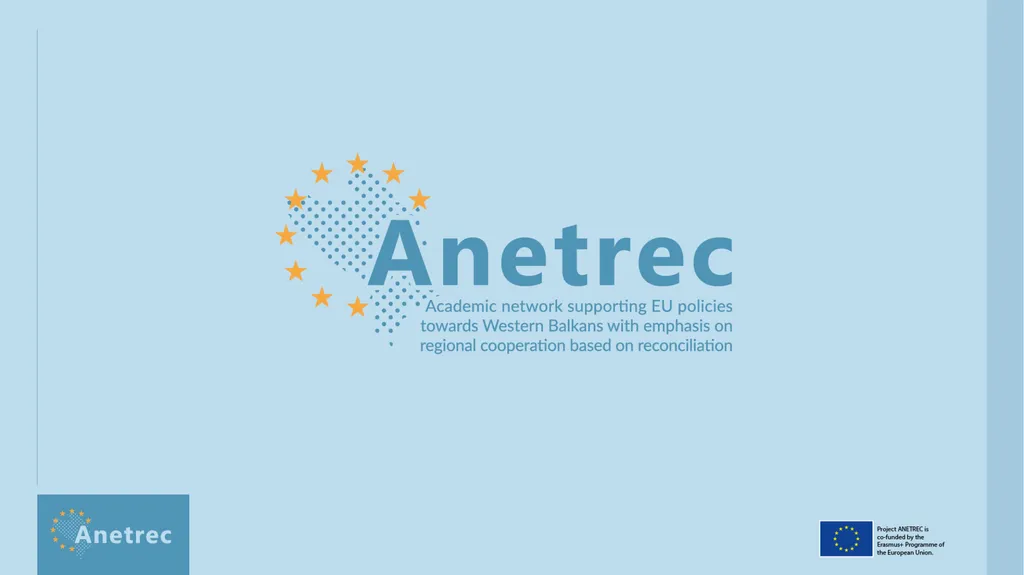
Peace Building and Reconciliation –European
Author: natalia-silvester | Published: 2025-07-18
Description: Peace Building and Reconciliation European experience Peace Building and Reconciliation European experience Conflict resolution and peacebuilding may be considered complementary activities whereby one is hardly sustainable without the
Download Presentation
Download the PPT/PDF: Download
Transcript:
Loading transcript�